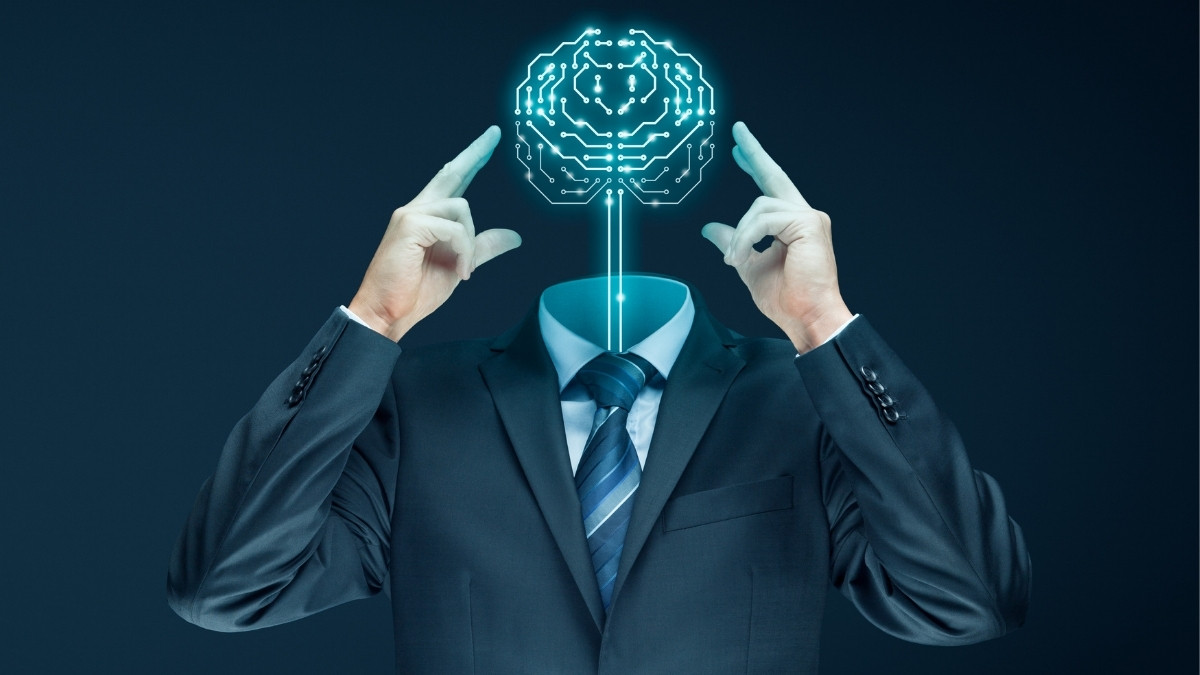In this article, we dive into a groundbreaking situation where a lawyer’s trust in AI research resulted in the citation of nonexistent cases in a legal proceeding.
As reliance on technology grows, we are presented with a valuable lesson in verifying information and an unforgettable insight into the current state of artificial intelligence.
Key Takeaways:
- A lawyer, relying on AI for legal research, cited six nonexistent cases in a legal document, leading to potential sanctions.
- This AI tool, named ChatGPT, confidently presented these cases as real.
- The lawyer admitted to asking the Chatbot directly if it was truthful, which it claimed to be.
- The authenticity of ChatGPT’s responses was never verified externally, resulting in a brief filled with fabricated cases.
- The incident underscores the critical need for double or triple checking sources when relying on AI for research.
- Misinformation issues persist in AI technology, as illustrated by other instances involving Microsoft’s Bing and Google’s Bard.
- Future use of AI in legal research is now in question, emphasizing the necessity of thorough verification.
An Unprecedented Use of AI in Legal Proceedings
AI and automation have been infiltrating many aspects of our lives and industries, including law. However, in a recent case against the Colombian airline Avianca, we witness a first-of-its-kind scenario.
Lawyer Steven A. Schwartz, acting on behalf of the plaintiff, submitted a brief filled with references to previous cases – cases that, astonishingly, didn’t exist.
The startling part? These fictitious cases were provided by none other than an AI chatbot developed by OpenAI, ChatGPT.
The Misleading Confidence of ChatGPT
Schwartz, relying on the research capabilities of this AI tool, was led astray by its unwavering confidence. The lawyer asked ChatGPT directly about the veracity of the cited cases, and the chatbot asserted that they were, indeed, real.
A snapshot of their exchange shows Schwartz asking if a particular case was real, and ChatGPT confirming it was. When probed further about the source, the chatbot remained steadfast in its initial response, asserting that the case could be found on Westlaw and LexisNexis.
The Fallout from False Citations
The repercussions of Schwartz’s reliance on AI for his research became painfully apparent when opposing counsel flagged these nonexistent cases.
Confirming the absence of these cases from legal records, US District Judge Kevin Castel stated, “Six of the submitted cases appear to be bogus judicial decisions with bogus quotes and bogus internal citations.”
The revelation was not just embarrassing, but it raised the specter of sanctions for Schwartz.
This realization, no doubt, has serious professional implications for the lawyer, who had originally filed the lawsuit before it was transferred to the Southern District of New York.
A Hard Lesson in the Risks of AI Misinformation
This situation is a stark reminder of the pitfalls of relying too heavily on AI, particularly without a secondary verification process.
Despite advances in AI technology, they are not infallible and can indeed provide inaccurate information, as this case so starkly demonstrates.
Schwartz’s experience is a stark lesson to us all, emphasizing the critical importance of being cautious and judicious when using AI tools for research, especially in sensitive areas like law.
In hindsight, Schwartz acknowledges his error and expresses his regret, stating that he was “unaware of the possibility that its content could be false” and vowing not to use AI for research in the future without absolute verification of authenticity.
Future Implications for AI in Legal Research
This incident underscores the need for a dialogue on the role of AI in legal research and broader ethical considerations.
As AI continues to evolve, integrating AI tools into legal research will require careful thought, oversight, and strict verification mechanisms to prevent such mishaps in the future.
Moreover, it calls into question whether or not there should be a stricter regulatory framework governing the use of AI tools in sensitive fields like law to prevent such incidents.
Conclusion
This case serves as a glaring reminder of the need for caution when using AI for any research, particularly in sensitive fields like law.
As AI technology continues to evolve, it becomes increasingly important to verify and scrutinize the information provided by these tools.
While AI can undoubtedly assist us in many ways, blind reliance can lead to unintended consequences, as seen in this unusual case.
This incident should spark a wider conversation about the role of AI in our society and the measures needed to ensure its responsible use.
 Sections of this topic
Sections of this topic
















